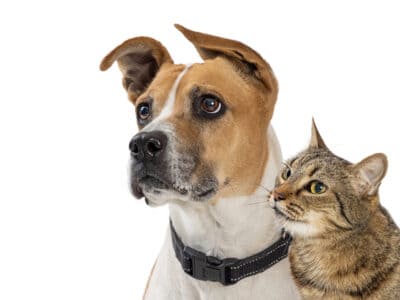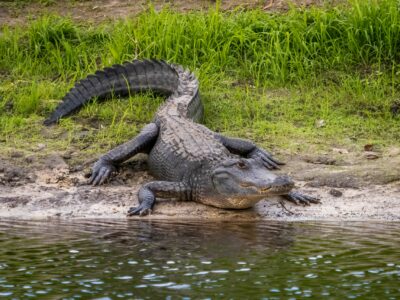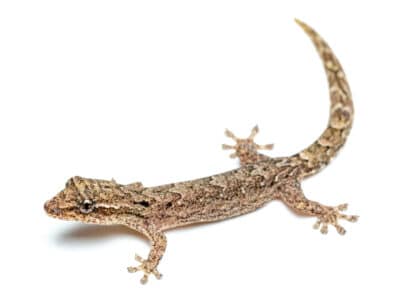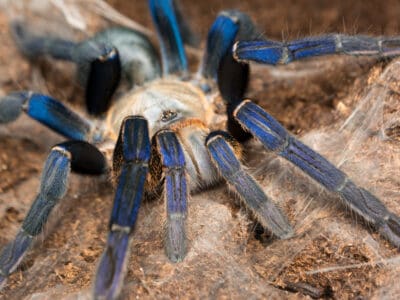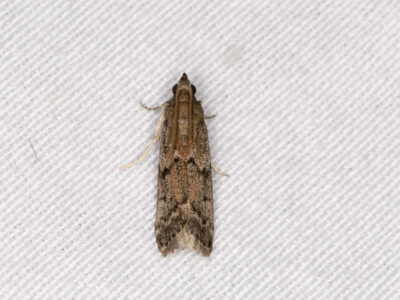Lurcher
Canis lupus
Advertisement
Lurcher Scientific Classification
- Kingdom
- Animalia
- Phylum
- Chordata
- Class
- Mammalia
- Order
- Carnivora
- Family
- Canidae
- Genus
- Canis
- Scientific Name
- Canis lupus
Read our Complete Guide to Classification of Animals.
Lurcher Conservation Status
Lurcher Facts
- Diet
- Omnivore
Lurcher Physical Characteristics
Lurcher as a Pet:
- General Health
- Energy Level
- Shedability
- Trainability
- Intelligence
- Tendency to Chew
- Size
- Family and kid friendliness
- Yappiness / Barking
- Low
- Separation Anxiety
- Moderate
- Preferred Temperature
- Average climate
- Exercise Needs
- High
- Friendly With Other Dogs
- Moderate
- Pure bred cost to own
- N/A
- Dog group
- Hound
- Male weight
- 60-70 lbs
- Female weight
- 50-60 lbs
View all of the Lurcher images!
The name lurcher refers not to a specific dog breed but rather to a group of crossbred hybrid dogs. They are a result from mating a Greyhound or other hunting variety with another type of working dog. The term “lurcher” is actually derived from the word “lurch,” a variant of the word “lurking,” meaning to steal or skulk.
First bred in England sometime in the 1600s, lurchers were associated with the poaching of hunted game from the landed gentry. Non-wealthy dog owners would breed their sheepdogs with hounds – only allowed by law to those of a particular class – and use them for hunting prey such as rabbits, hares, and game birds.
In modern times, lurchers are kept as companion dogs or hunting animals bred for lure coursing or racing. Lurchers are often highly intelligent, friendly, wicked fast, and content to laze around the house with their families. Because the name refers to a group of different crossbreeds that share Greyhound traits, they can come in all different shapes and sizes.
Read on to learn more about lurchers and what to consider when considering one for adoption.
The Lurcher is the original designer hybrid dog, bred in the 1600. It was formally forbidden by English law to own unless onen was a landowner until the 1800s.
The Best Dog Food For Lurcher
Because lurchers come in various sizes, weights, and genetics, it’s crucial to have a solid understanding of your dog’s nutritional needs. Conversation with your vet can help you identify the exact ingredients and serving sizes to feed your pup. Generally speaking, lurchers benefit from whole-food diets with clean ingredients and a formulation free from preservatives. Whether you decide on kibble or canned, raw foods, your lurcher needs plenty of animal-sourced protein, healthy fats, and vitamins and minerals to lead a happy and healthy life.
These types of dogs can also be picky eaters – it may be best to test a variety of brands to see which your pup favors. We at A-Z Animals recommend Taste of the Wild Pacific Stream as a fan favorite for hound hybrids and picky eaters. This formula contains real salmon as its primary ingredient and 25% crude protein to help support bones, joints, and lean muscle, which is vital for fast runners like lurchers.
3 pros and cons of owning a Lurcher
| Pros! | Cons! |
| Fast agility competitorsIf sporting is of interest, lurchers are well-suited to racing and speed-related competitions. | Strong prey driveUnless you have a strong recall command, these dogs will likely chase rodents or small animals like cats. |
| Relaxed around the houseOnce their exercised, lurchers are more than content to laze with their families. | Picky eatersFinding a food your pup will appreciate may take a few tries. |
| Highly intelligent and trainableThese dogs were bred for intelligence, making them extra equipped to learn commands. | Prefer not to be left aloneLurchers don’t do well left alone for more than a few hours, or they get anxious. |
Lurcher Size and Weight
The Lurcher female’s average height ranges between 22 and 26 inches, with males capable of growing about two inches taller. Males can weigh between 60 and 70 pounds when fully grown, and females weigh about 60 pounds.
| Height (Male) | 28’ Tall |
| Height (Female) | 26’ Tall |
| Weight (male) | 60 lbs, fully grown |
| Weight (female) | 70 lbs, fully grown |
Lurcher Common Health Issues
Lurchers have no common health issues and are generally healthy well into old age. However, their love of speed and chasing can lead to accidental injuries via collision or strains, so be sure to monitor your dog while he runs. Gastric torsion, torn toenails, or heat exhaustion also should be watched for.
When adopting a lurcher pup, ask the breeder for any screening paperwork on the parents’ thyroid and eye health. Lurchers can inherit hypothyroidism or eye issues from their parents, and if possible, a clean bill of genetic health is necessary before you buy.
Lurcher Temperament
Lurchers would often instead run from a fight than confront others and can quickly become scared without proper socialization. They inherit many characteristics from their sighthound genetics: they’re primarily calm and affectionate, if somewhat sensitive. Early desensitization to frightening stimuli and familiarity with other people and dogs will help prevent the development of any aggression or timidity.
How To Take Care of Lurcher
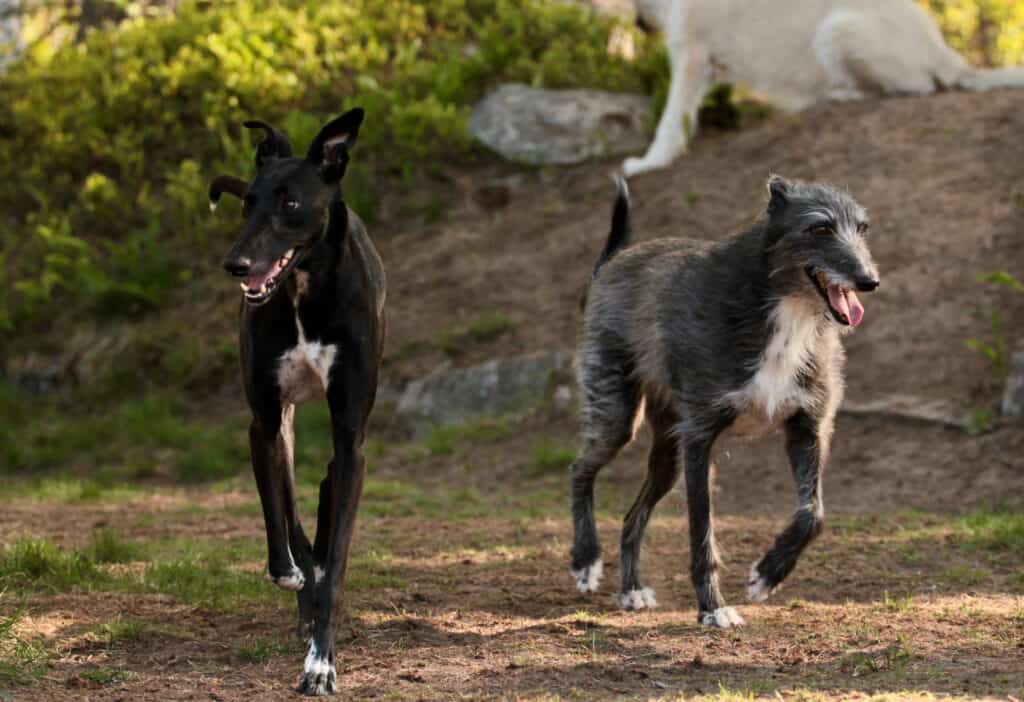
The term “lurcher” is actually derived from the word “lurch,” a variant of the word “lurking,” meaning to steal or skulk.
©LNbjors/Shutterstock.com
Lurchers are relatively easy to take care of, with specifics mainly related to the hybrid traits they inherit from their parents. Regular grooming and early training with frequent socialization will go a long way to producing a happy, healthy adult dog.
Maintenance And Grooming
Depending on their parents, lurchers can have smooth or rough, wiry coats that require different levels of upkeep. A weekly brushing will help remove dead hair and keep the fur in top shape. Be sure to introduce puppies to grooming early to make it a positive experience.
Besides brushing, lurchers require only essential elements of grooming care. Trim nails regularly to prevent cracks or breaks in the nail, and make sure the ears are clean and free of any redness or odor. You can clean your dog’s ears with a q-tip or cotton ball dampened by a gentle, pH-balanced cleanser.
Regular dental hygiene is also essential, with regular teeth brushing a significant part of overall health and sweet-smelling breath.
Training
Lurchers are brilliant, independent thinkers but are happy to learn tricks and do so quickly. Positive reinforcement will help your pup learn the basics of good dog behavior, especially when using food treats as a reward. Lurchers can learn in short training sessions as early as a few weeks, but be sure to keep training time free of harsh corrections, or he’ll start disliking it.
These dogs are also masters of thievery and will happily and efficiently steal any food left out, even if the countertop seems out of their reach.
Exercise
Lurchers don’t require too much in the way of exercise, but this part of the day is essential to keeping your dog happy and healthy. Two hour-long walks per day are ideal, especially if they include some free running in an open field. Lurchers also can get an excellent workout from long country walks or hikes, agility training, and lure-coursing.
Puppies
Puppy training can start the day he’s brought home, even as young as eight weeks. These dogs are highly intelligent and thrive on the mental stimulation of early training and socialization.
Enrolling your puppy into a kindergarten class between 10 to 12 weeks – or whenever he’s completed puppy vaccines – will help socialize him with other dogs and people. Invite people to your home and introduce your dog to as many new people and experiences as possible. The more he’s exposed to, the more likely your dog will grow into a calm, self-assured adult.
When meeting with a lurcher breeder, it’s essential to consider the traits of your pup’s parent dogs and what kind of companion you’re looking for. For example, a lurcher with terrier traits may be more courageous than one bred with a Whippet or another sighthound. You’ll ideally want parents with nice personalities and extensive socialization with clean bills of health.
Lurcher And Children
Lurchers are generally calm, friendly, and tolerant of older kids who’ve been taught how to play respectfully with a dog. They’re very popular among families due to their cuddliness, and they’re happy to provide plenty of loving affection to their family. Be sure to supervise puppy playtime with younger kids, as pushy children can hurt or frighten smaller lurcher dogs.
Dogs similar to Lurcher
The Lurcher is closely related to its sighthound cousins, such as the Greyhound, Whippets, and Salukis.
- Greyhound: This breed is lurchers’ most common genetic parent, selected for their speed and strong prey drive.
- Whippets: Whippets are slightly smaller sighthounds known for their astounding speed, reaching up to 35 mph.
- Salukis: Salukis are one of the oldest dog breeds in the world and are masters of hunting.
Popular Names for Lurcher
Popular names for Lurcher dogs include:
- Bella
- Rocco
- Charlie
- Layla
- Piper
- Toby
Up Next
View all 98 animals that start with LLurcher FAQs (Frequently Asked Questions)
Do lurchers make good family pets?
Lurchers are intelligent, affectionate, and happy to laze the day away, cuddling with their families.
What two dogs make a lurcher?
Lurchers refer to a crossbreed dog variety that is usually a mix of a sighthound – a Greyhound – and either a herding dog or another sighthound.
What is the personality of a lurcher?
Lurchers are very lazy and affectionate, happy to lounge around the house. They also can be somewhat cowardly and more likely to run from a confrontation than fight.
Do lurchers bark?
As hunting dogs, lurchers are normally quiet unless they’re chasing their prey.
Thank you for reading! Have some feedback for us? Contact the AZ Animals editorial team.
Sources
- Vet Street, Available here: https://www.vetstreet.com/dogs/lurcher
- Kent Greyhound Rescue, Available here: https://www.kentgreyhoundrescue.com/types-of-dogs/lurchers-as-pets/
- American Kennel Club, Available here: https://www.akc.org/about/glossary/





